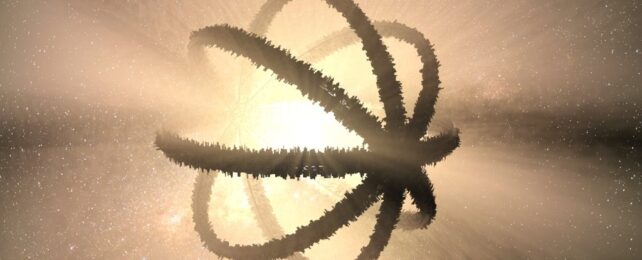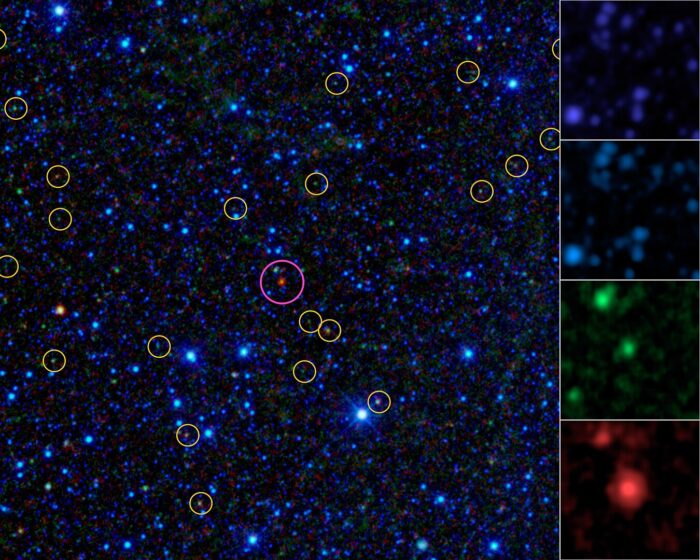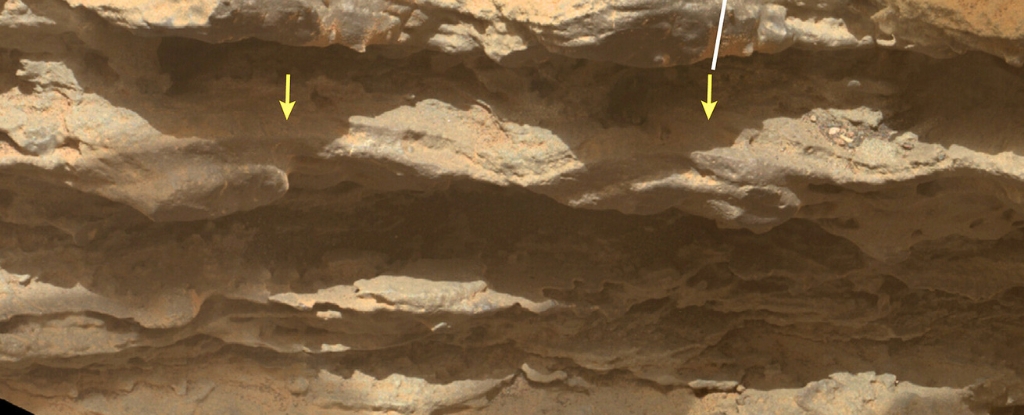ARTICLE AD
Space01 June 2024
By Mark Thompson, Universe Today
 Artist's impression of a Dyson structure. (cokada/iStock/Getty Images Plus)
Artist's impression of a Dyson structure. (cokada/iStock/Getty Images Plus)
Dyson Spheres have been a tantalizing digression in the hunt for alien intelligence. Just recently seven stars have been identified as potential candidates with most of their radiation given off in the infrared wavelengths.
Potentially this is the signature of heat from a matrix of spacecraft around the star but alas, a new paper has another slightly less exciting explanation; dust obscured galaxies.
There are a number of ways to hunt for aliens and one of them is to look for signs of large scale projects in space. Enter the Dyson Sphere. The idea was first proposed by Freeman Dyson in 1960 to describe that an advanced civilizations would position power collectors and even habitats around a star to harness its power.
Eventually such infrastructure would likely surround the entire star and Dyson reasoned that a signature would be detectable such as an excess of infrared radiation.
The findings of Project Hephaistos revealed the seven M type stars from a sample of 5 million stars detected by Gaia. The astrometric satellite has been used to map stars in the Milky Way and has been of profound benefit to many pieces of research.
Data from 2MASS (the Two Micron All Sky Survey) and WISE (the Wide Field Infrared Survey Explorer) were also used to identify the stars that seemed to display the expected Infrared excess.
 WISE images of dust-obscured galaxies. (NASA/JPL-Caltech/UCLA)
WISE images of dust-obscured galaxies. (NASA/JPL-Caltech/UCLA)In the recent paper by lead author Tongtian Ren and team, they explore the findings of the project and delve into the possible nature of the candidate spheres. The team cross-matched the information from data from the Very Large Array Sky Survey (VLASS) and several other radio surveys of the sky.
They searched for radio sources within a radius of 10 arc seconds of the Gaia positions of the candidates. Note that the full Moon is 1,860 arc seconds across.
Radio sources were found for three of the candidates, those named A, B and G. The accuracy of the sources was within 4.9, 0.4 and 5 arc seconds respectively and candidate G was found in multiple radio surveys. The conclusion from the team is that the seven stars are less likely to be Dyson Spheres but instead some sort of extra galactic phenomenon. The most likely explanation is a distant galaxy obscured by dust!
The presence of the dust would contaminate the Infrared energy distribution in the spectra of the two objects. The other candidate, candidate B is also thought to be a distant galaxy but one that was within very close line of sight of an M type dwarf star.
Very similar to candidates A and B, candidate G has a spectrum that reveals a radio loud active galactic nuclei with superluminal jets extending out. It is likely that galaxies are distant quasars which emit enormous amounts of radiation, but the obscuring hot dust clouds obscure most radiation, except infrared.
What of the other four candidates? To date, no matching radio source has been found. That does not mean the hot, dust obscured galaxy model is not an adequate explanation but just that possible higher resolution radio surveys are required.
Of course it may also be that they really are spheres of technology around distant stars. As much as I would love that to be true, there is no evidence for this yet.
This article was originally published by Universe Today. Read the original article.

 7 months ago
47
7 months ago
47 

